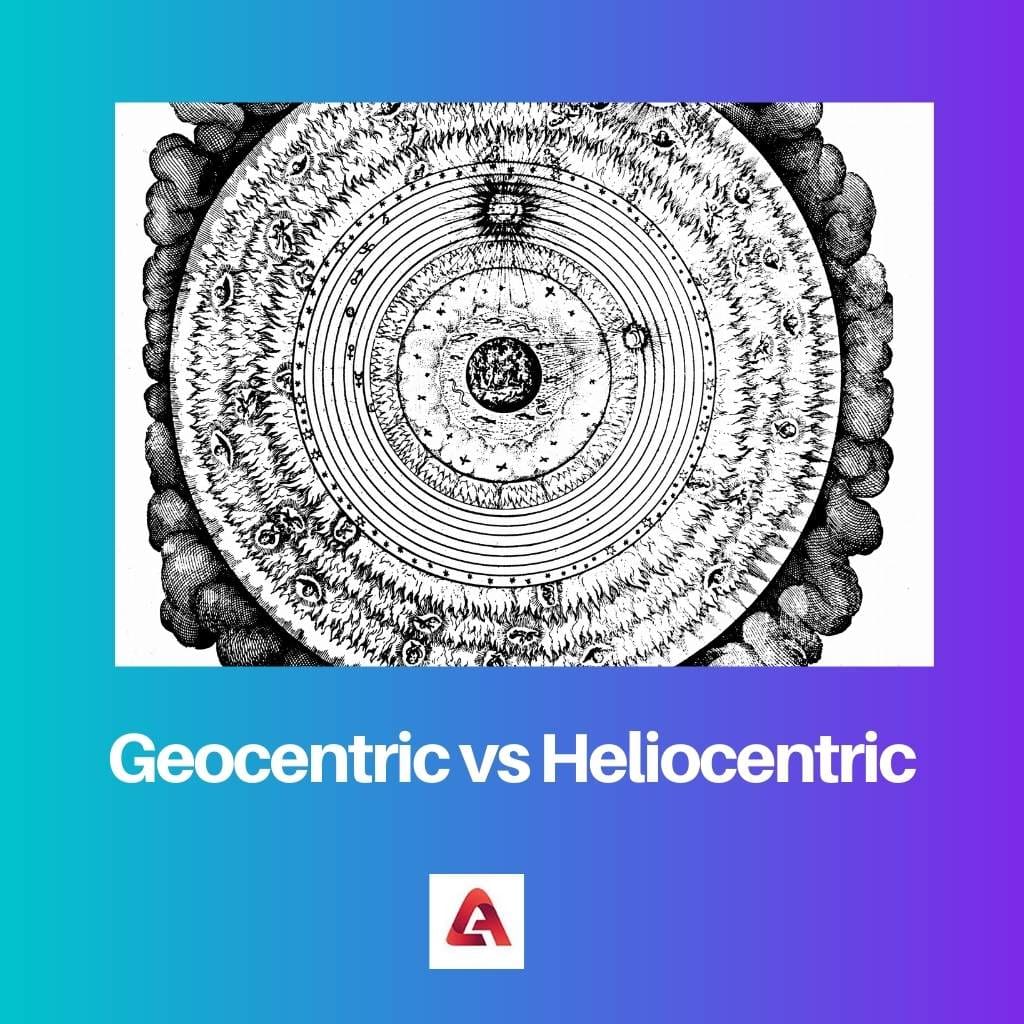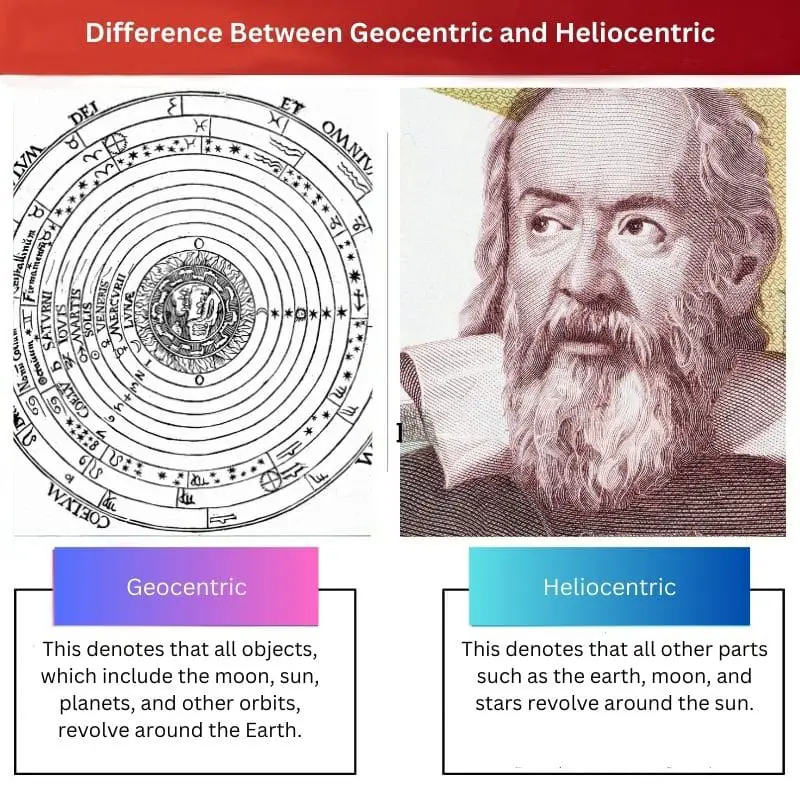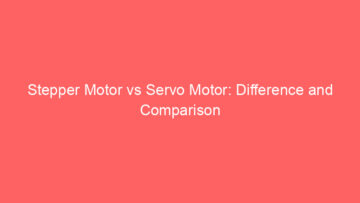There are many terms that are of great importance in the subject of astrophysics. Many models are present, which are useful for describing the occurrence of the sun and how planets behave in the universe to.
Key Takeaways
- The geocentric model places Earth at the center of the universe, while the Heliocentric model places the Sun at the center.
- The geocentric model suggests that other celestial bodies, such as planets, revolve around Earth, while the Heliocentric model suggests that planets revolve around the Sun.
- The heliocentric model is based on scientific evidence and observation, while the Geocentric model is based on ancient beliefs and lacks evidence.
Geocentric vs Heliocentric
The difference between geocentric and heliocentric is that wild studying how the earthworks, there is an assumption that the earth is said to be at the centre of the universe or at the cosmos in a geocentric model. On the other hand, when we study planets, the sun is always set to be at the centre of the universe to which the planets revolve, around is the assumption when it comes to the heliocentric model.

In the subject of astrophysics, there is a model called the geocentric model in which the study makes an assumption that the earth is always at the centre of the universe.
In the subject of astrophysics, there is a model called the heliocentric model in which the study makes an assumption that the sun is always at the centre of the universe full stop, in short, it means that in a When study precedes through a heliocentric model, a universe is present with the sun in between.
Comparison Table
| Parameters of Comparison | Geocentric | Heliocentric |
|---|---|---|
| Number of letters | This word consists of 10 letters. | This word consists of 12 letters. |
| Basic assumption | The Earth is the center of the universe. | The Sun is the center of the universe. |
| What it denotes | This denotes that all objects, which include the moon, sun, planets, and other orbits, revolve around the Earth. | This denotes that all other parts such as the earth, moon, and stars revolve around the sun. |
| What it states | This states that the stars revolve around the earth. | This states that the earth revolves around its own axis, and because of this, it feels like the stars are moving. |
| Which motion bodies flow | Heavenly bodies move in a circular motion. | Heavenly bodies move in an elliptical motion. |
What is Geocentric?
Including Aristotle in classical Greece as well as many other theories of ancient civilizations, There was a standard description in the cosmos about the earth always being at the centre.
The first observation stated that the sun only appears around the earth once per day when it is observed from anywhere inside the earth, and the other observation stated that when a person is on earth, he will not be able to sense any movement of his planet because it is present in all three forms that are solid, liquid and gas.
In many ancient civilizations and many medieval philosophers, they assumed the geometric model that the earth is spherical and does not have a flat surface.

What is Heliocentric?
In the subject of astrophysics, the heliocentric model is totally the opposite of the geocentric model. The theory of the assumption of the sun being at the centre of the universe was developed long back in the 3rd century.
However, even though this theory had come back long back in the 3rd century, a proper model of this theory was not proposed until the 16th century.
Based on this theory, many other personalities, such as Johannes Kepler and Galileo Galilei, introduced elliptical orbits through a telescope.

Main Differences Between Geocentric and Heliocentric
- The geocentric model states that the stars revolve around the earth, and on the other hand, the heliocentric theory states that the earth revolves around its own axis, and because of this, it feels like the stars are moving.
- Heavenly bodies move in circular motion according to the geocentric theory end. On the other hand, according to the heliocentric theory, heavenly bodies move in an elliptical motion.





